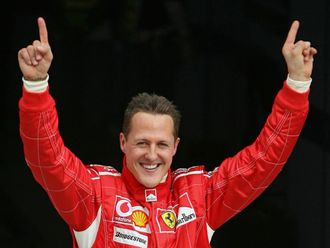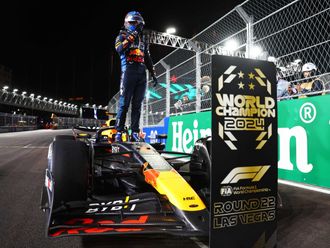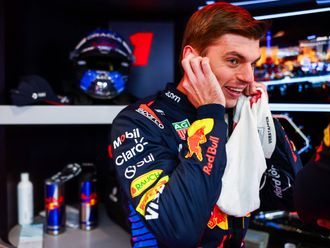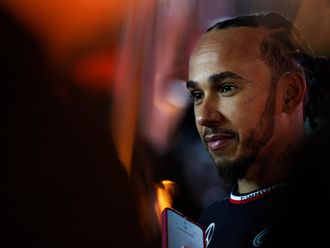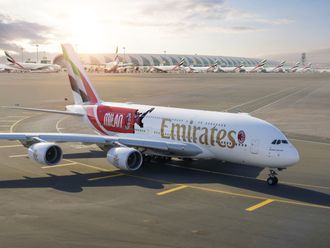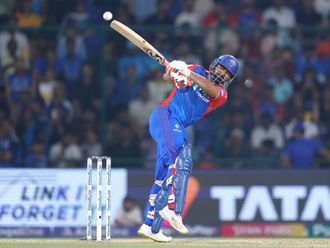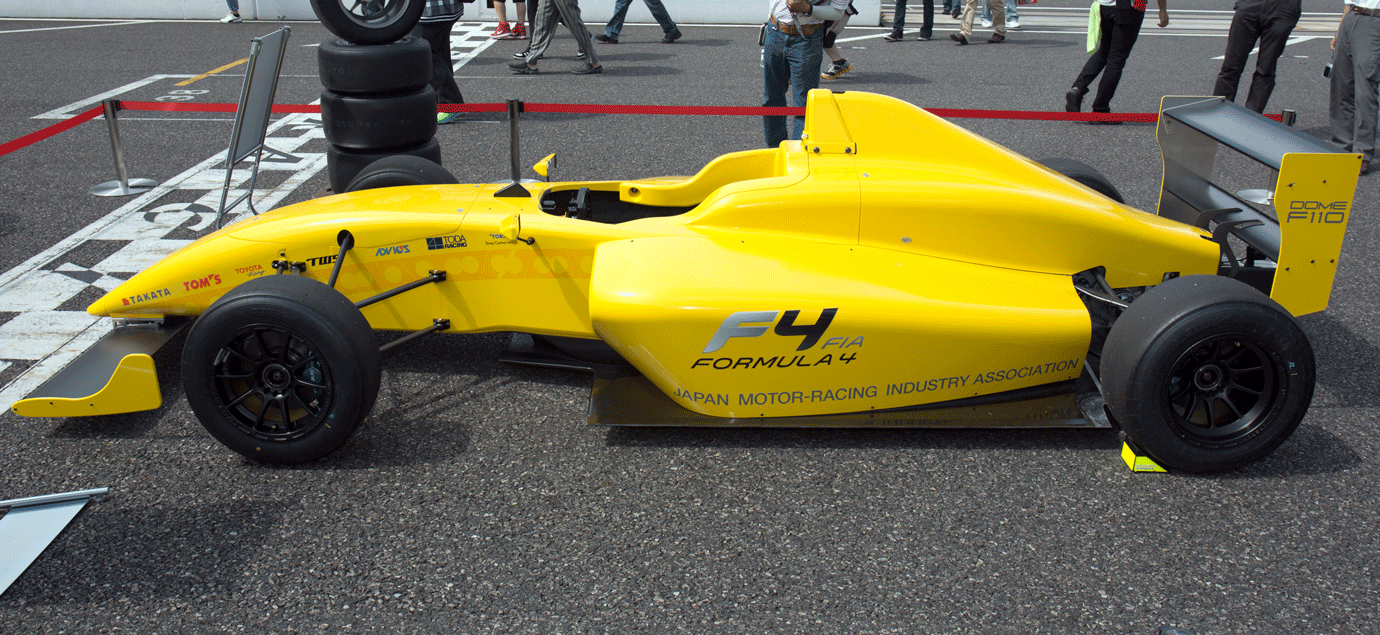
Imagine the mainstream motorsport ladder as a sandwich. At the bottom we have one piece of bread – let’s call that “karting” – and on the top is another piece of bread – which we’ll call “Formula 1”.
But what’s in the middle, cheese? Turkey? Cucumber? Pickles and roquefort? There is no set sandwich filling, and that’s the beauty. A sandwich can contain anything.
However, if a tribesman from the darkest depths of the Amazon turned up at your front door looking for something to eat, he may be a smidge perplexed if you ask him if he'd like a meatball marinara.
The same is true of motorsport. We all know that karting is the accepted start point, and that Formula 1 is – generally – the goal (yes, we know some people want to race Indy Cars).
But what comes after karting? Then what comes after that? And that? It’s fair to say that to a lot of people it’s all rather confusing.
After graduating from karting, a serious young driver has numerous options, such as: Formula Ford, Formula Renault, Formula Vauxhall, Auto GP, Formula 3, GP3, GP2… and that’s just Europe. Not to mention the myriad options in America and the East.
But the world is bigger than Europe and America.
To address this, FIA President Jean Todt decided that Formula 4 should be reintroduced as a standard junior formula which can run in multiple domestic series around the world. It’s part of the FIA Global Pathway programme which will see various Formulas making sense numerically.
Once a driver has completed X amount of seasons in Formula 4, they will be able to progress to Formula 3, which is already a strong domestic series across Europe. The final stage on the “junior ladder” will be the reintroduction of "proper" Formula 2.
The F2 name has come and gone over the years as a junior category after the original international series was re-branded Formula 3000 in 1985. It will become the primary feeder series to Formula 1 - what this means for GP2 and GP3 remains to be seen.
The programme is a good idea, and pleasingly the UAE is one of the countries that has embraced it. The FIA's appointed ASN, the Automobile & Touring Club UAE has been tasked with promoting the series. The Formula 4 cars are already here and can be bought from AUH Motorsports, who are based at the Autodrome. Although it will be a long time before the Emirates can expect to have its own F3 series, it’s a massive step in the right direction.
The F4 cars are available to teams or drivers who wish to buy them. The inaugural season is due to kick off in October this year.
The ATC's F4 launch at Dubai Mall in February
But how many takers will there be? It’s the million-dollar question. In recent years, the main issue the UAE has faced is that those who have been able to afford to go single-seater racing have taken themselves to Europe. After karting in the UAE, Formula Gulf 1000 has been the only real option. A fine series indeed for junior drivers, but after a year or so we start see familiar names crop up in series elsewhere.
Grids are inherently bigger in Europe and the US because motorsport is well established and there are enough people who want to do it. Economics of scale is not something the Middle East is currently blessed with in this department. An aspiring driver is going to need experience of bigger, tougher grids if they are going to progress. The draw of Europe is just too tempting.
With the comparatively small number of competitors in the Middle East, it’s not going to be easy to attract drivers to this new series.
However, there is a PR card that can be played. Because of the summer heat that the UAE has to endure, the season runs throughout the winter months, usually at some point between October and April. Conversley, across Europe the series runs throughout the summer, roughly between April and October.
The domestic F4 series around the world are all using essentially the same equipment so it wouldn’t be too hard to ship one’s gear over to Dubai for the winter season. Race cars and equipment could be stored at one of the circuits here to make it cost effective and convenient for the European travelers, and maybe even equipment loans could be organised.
But why should European F4 drivers spend their winters racing around the UAE? Well why not? The weather isn’t exactly bad, one of the two circuits used hosts the F1 Abu Dhabi Grand Prix, and it is the perfect way for a driver to stay sharp over the winter months. It will certainly help in making drivers more appealing to Formula 3 teams - teams who are looking for drivers with as much experience as possible.
Selling it to the European drivers, though, that’s the hard part.
It may take a bit of PR spin, so let’s hope those in charge of it are traveling to Europe this summer with some leaflets. And some sandwiches.


